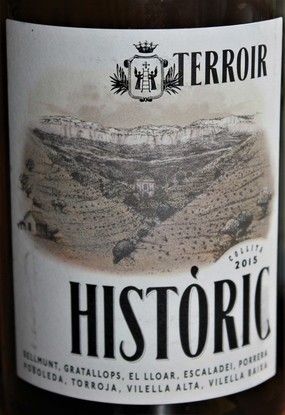
Terroir al Limit Historic Priorat Blanc (2015) is a rare white wine from Priorat made from garnacha blanca and macabeo.
It is rare not because either grape is rare but because white wine from Priorat is; five percent or less of the output in a given year is white. Priorat is decidedly red wine territory.
The wine has a deep golden yellow color and some serious acidity and tannins--a great deal of tannin for a white wine. Like other white Priorats I've had these are flinty and mineral with lots of stone and mineral laden rockiness. Indeed, minerality presides and fruit is just a supporting cast member here, although fruit is more apparent as the wine opens up with some air. There is a full, almost viscous, mouthfeel that is expansive and luscious. You get a bit of an "oxidative" sense too. This is the taste you find in sherrys. It isn't nearly as pronounced here-- it is quite subtle but it is there.
The wine calms down after being open for a few hours. It needs time to open up and you should give it time in a decanter. How long? I found that, even in the bottle, after opening and not in a decanter, it opened up a good deal within 2 or 3 hours.
You can taste something woody in the wine--this is likely because of whole cluster pressing since the wine sees no wood barrels. It is a wine that benefits from being open. Hints of white grape and maybe a little honey on the front end it almost reminds of tropical flowers. It isn't sweet but there is a hint of that honeyed scent of tropical flowers. There is also something of fruit rind here. It isn't exactly citrus rind but you get a "rindy-ness', especially on the finish. It finishes with bitterness. I started to think of ripe peach or apricot maybe as I went on with this wine. There is a lot going on here. I tried some on day two and it was still lively and had opened to a point where you get all the nuances and details. It may be that holding onto this wine for a year or two (at least) would reward your patience.
I had it with a Mediterranean plate which seems a pretty solid bet for food pairing--although this could certainly stand up to even bigger and richer foods.
This particular wine is 75 percent garnacha blanca and 25 percent macabeo. It is an expression of the place as much as it is of the grape. You can find out more from the producer HERE.
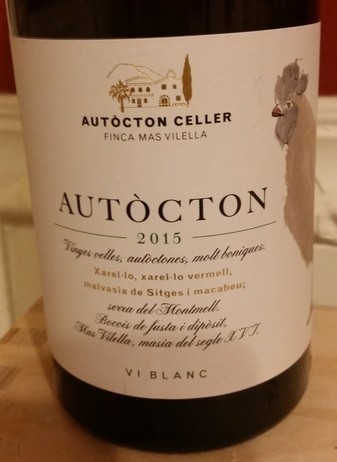
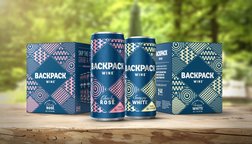
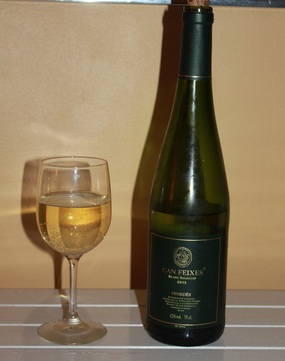
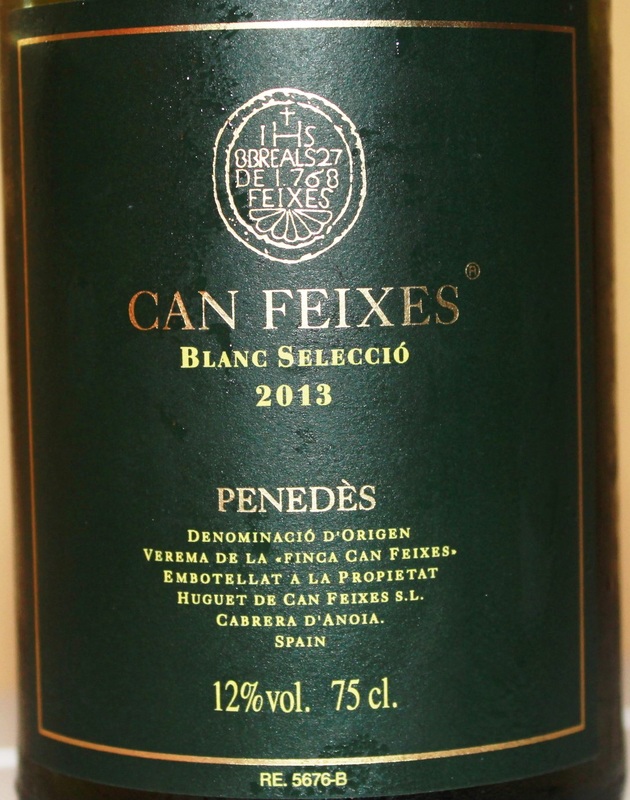
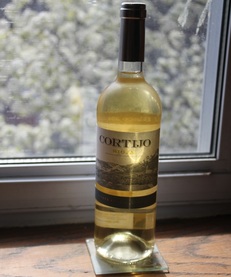
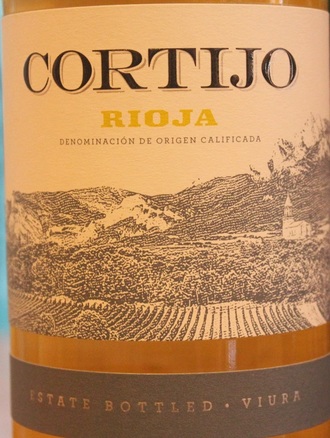

 RSS Feed
RSS Feed